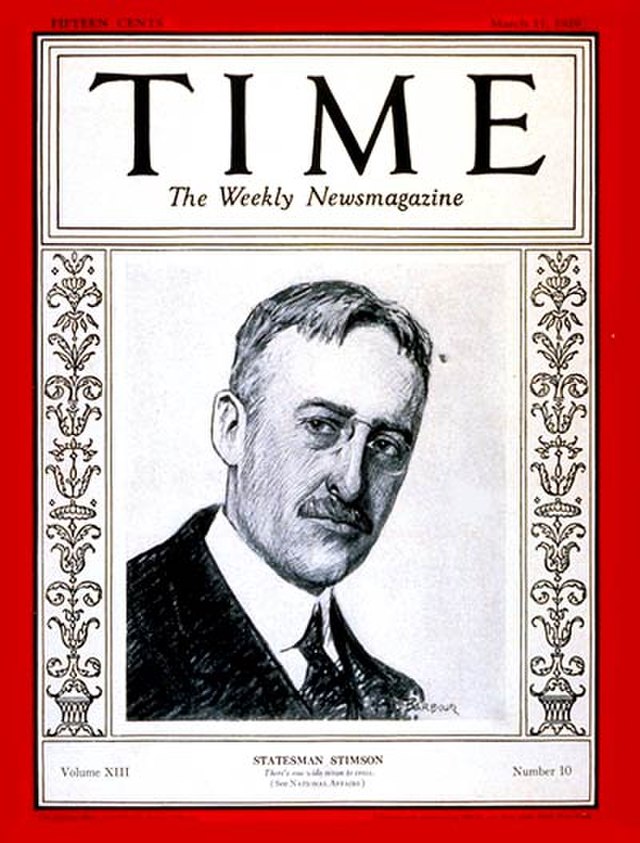
Following Memorial Day last week, the Nassau County Historical Society continued the theme of service with an event Sunday that focused on the Gold Coast elite and World War I.
Richard Welch, a former American history professor at LIU Post and Farmingdale State College, gave the lecture. Much of the content was based on his new book, “Long Island’s Gold Coast Elite and The Great War.”
An influx of wealthy individuals along Long Island’s North Shore began in the 1890s. F. Scott Fitzgerald famously fictionalized the area in his novel “The Great Gatsby.”
The event focused on these influential North Shore families and why they backed the Allies’ cause when the war began in 1914. As Welch explained, these initiatives ruptured President Woodrow Wilson’s neutrality policy and eventually brought the country to war.
“Virtually all the Gold Coast families — the bankers, the lawyers, insurance agents, etc. — were pro-Allies,” he said. “And one of the reasons is that, I don’t know if I mentioned this before, in addition to the other things that unite them, they’re all basically ethnically the same.”
As the war in Europe erupted, the American viewpoint on taking up arms was divided.
Yet Welch said many of these elite families had an innate affinity for the Allies. He refers to them as “old stock or what we sometimes refer to as WASPs.”
“It depends on where you are in some ways. I once described it to a class as it’s almost like when the war breaks out and we’re neutral,” he said. “How you look at it depends on where your ancestors came from — it’s like watching a ballgame.”
During this time, the Morgans, Davisons, Phipps, Martins, Hitchcocks, Stimsons and Roosevelts were among the families who played pivotal roles or fought on the front lines.
Welch noted how these North Shore power brokers also made calculated moves to push the country into war. Many of them met and collaborated through boarding schools, elite universities and social clubs.
“You have people who have enormous political, social and cultural clout,” he said. “They use it during this time period to affect American foreign policy in ways which were not really seen in previous times.”
The financial dependency that developed through loans, bonds and supplies sent to the Allies placed the United States in a position of influence, even without boots on the ground.
Other concepts, such as universal military training, were promoted to assure that America would be ready to fight.
Among the major themes explored were biographies of the children who grew up in these powerful families. While many served, their experiences did not always begin and conclude with the First World War.
Several, such as Henry Pomeroy Davison, tried and failed to build a political career afterward. Others did make a name for themselves, like Henry Lewis Stimson, who served in both Republican and Democratic administrations.
“[President Franklin Delano Roosevelt] was very impressed by Stimson and the fact that he’s willing to speak out and he doesn’t want to repeat Woodrow Wilson’s mistake in the First World War, when Wilson cut off the Republicans from any say in a wartime policy,” said Welch. “Stimpson is invited to be secretary of war, which today we call a secretary of defense.”
Stimson played a role in every important decision the United States made during World War II. This included the dropping of atomic bombs on Japan, which he supported to end the war sooner.
Following his presentation, Welch held a Q&A session.
When asked why he continued to dig into the Gold Coast history after having written a book about WWI and Long Island, he said there were more stories to be told.
“I found even more people…and it just began accumulating and accumulating,” he said. “I thought that this really deserves a study of its own in order to adequately describe what they did, how they did it, what the results were and also the personalities are very engaging. That’s the story.”
A booking signing and reception followed the lecture and Q&A.






